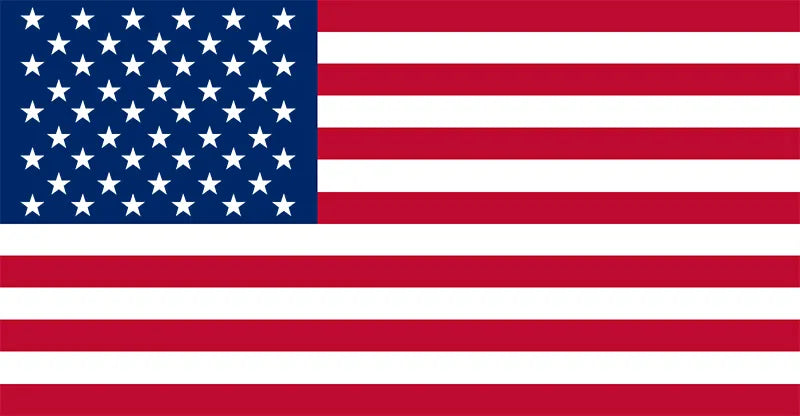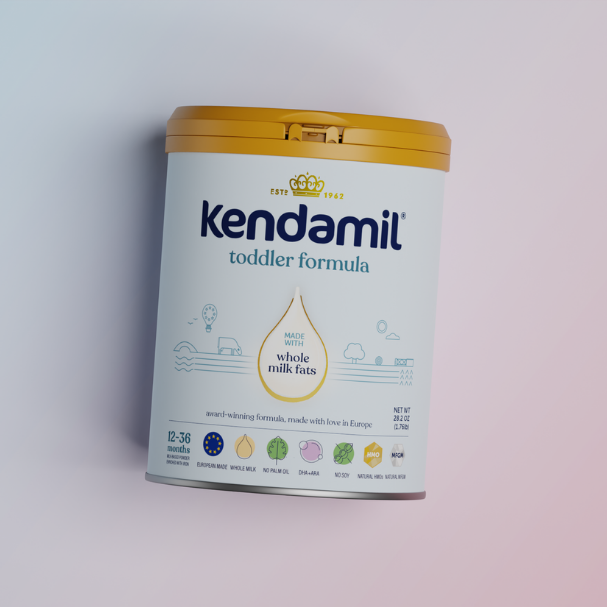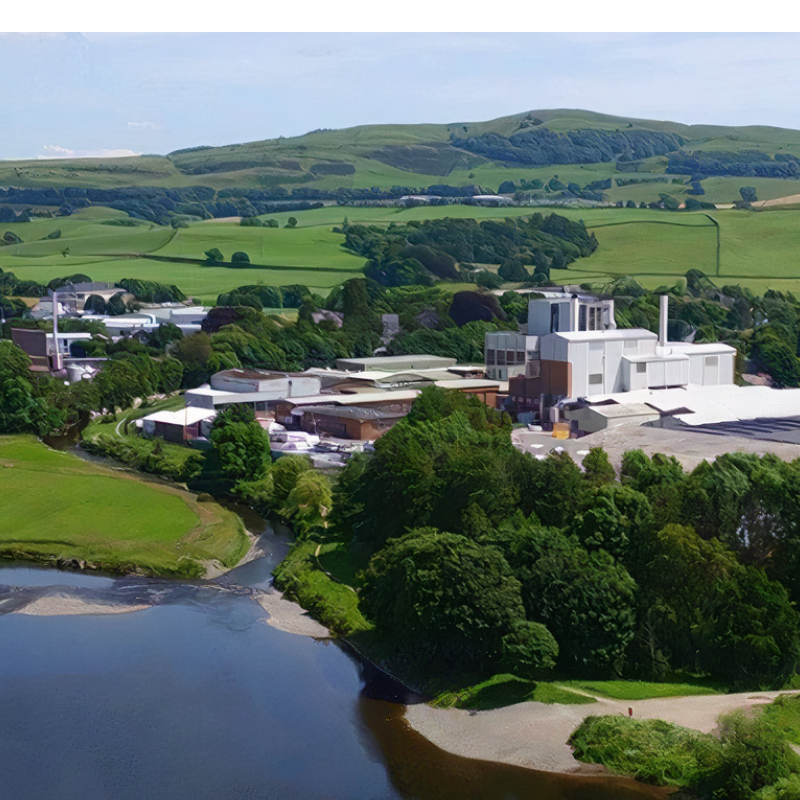Let’s start with essential fatty acids.
Essential fatty acids (EFAs) are types of polyunsaturated fatty acids that we, as humans, cannot produce naturally therefore, must be obtained through our diet.
The two main types of EFAs are alpha-linolenic acid (ALA), an omega-3 fatty acid, and linoleic acid (LA), an omega-6 fatty acid. Our bodies produce DHA from ALA, which can be found in fatty fish, marine algae, and vegetable oils, particularly rapeseed oil. These fatty acids play important roles in various physiological processes, such as cell membrane structure and function, hormone production, and inflammation regulation.
What are DHAs and ARAs? And why do we need both?
DHA (docosahexaenoic acid) and ARA (arachidonic acid) are both essential omega-3 and omega-6 fatty acids, respectively, that play important roles in the development and function of the brain, eyes, and other organs in the body.
The main difference between DHA and ARA is their chemical structure and their specific functions in the body. DHA is an omega-3 fatty acid and is particularly important for the development of the brain and eyes, as well as for supporting cognitive function, reducing inflammation, and promoting heart health. Whereas, ARA is an omega-6 fatty acid that is important for the growth and maintenance of cell membranes, hormone synthesis, and the immune system.
Why do women need DHA during pregnancy?
Women need DHA during pregnancy because it is an essential omega-3 fatty acid that plays a critical role in the development of the fetus's brain and nervous system. DHA is an important component of cell membranes in the brain and retina, and it helps with the growth and function of these organs.
Remember, humans don’t produce DHA naturally. Therefore during pregnancy, the demand for DHA increases because the growing baby relies on the mother's supply for its own development. Research has shown that when pregnant women consume adequate amounts of DHA, it can lead to improved cognitive function, visual acuity, and overall development in their babies.
Some dietary sources of DHA for pregnant women include fatty fish, as well as certain types of plant-based marine algae supplements. However, pregnant women should be cautious about consuming high-mercury fish and should consult with their healthcare provider to determine the best course of action to meet their DHA needs during pregnancy.
Why do we add DHA & ARA to infant formula?
At Kendamil, we carefully crafted our whole milk recipe to be as close to breast milk as possible. Both DHA and ARA are long-chain polyunsaturated fatty acids (LCPUFAs) that are naturally present in breast milk, hence added to our unique formula (remember, just like us, babies can’t produce DHA on their own).
These LCPUFAs are crucial for a baby's healthy growth and to support vision and brain development.
Why is DHA required in European-made formulas, but not in the United States?
Surprisingly, there are currently no FDA mandates requiring DHA in U.S.-made infant formulas. The good news? In 2022 the European Food and Safety Authority - the European Union’s governing body regulating all European-made infant formula and globally recognized for its rigorous nutritional and food safety standards - announced that all European-made infant formulas must contain a minimum of 20 mg of DHA per 100 calories with no minimum requirement for ARA. These new standards are based on leading scientific research examining the association between DHA and ARA levels in breast milk, the gold standard.
At Kendamil, we are proudly European-made and believe DHA plays a vital role in the healthy growth and development of infants, therefore, our recipe meets European requirements with 24 mg DHA per 100 calories.
What are plant-based DHAs?
From the very beginning, we made a commitment to be kinder on the planet in everything we do. Sourcing the finest sustainable ingredients for babies without compromising our nutritional value, has always been at the forefront of our values.
That’s why we have never, and WILL NEVER use fish-oil in any of our Kendamil products. With a uniquely vegetarian recipe, our Kendamil formulas get all of the omega-3 DHA your little one needs right from the source: microalgae!
By using microalgae oil instead of fish oil as the omega-3 DHA source for your little one’s development in all of our Kendamil baby milks, we're getting it directly from the source. All of the nutritional benefits while doing so sustainably - that means it’s better for your baby and the environment.
Now let’s break down how we deliver sustainably sourced plant-based DHA to your baby:
- DHA is produced from an essential fatty acid called ALA (alpha-Linoleic acid). ALA helps create DHA inside the body and can be found in most vegetable oils, particularly rapeseed oil.
- Kendamil uniquely combines nutritious whole milk fats with these healthy essential fatty acids (EFAs) found in a combination of sunflower and rapeseed oil, which are naturally high in linolenic fatty acids (omega-6) and ALA (omega-3).
- As we know from earlier, the body either needs ALA (to naturally convert to DHA) OR it needs a direct source of DHA. Remember, we cannot produce it naturally!
- Therefore, as long as a baby is fed ALA, they can produce some DHA (basically the ALA becomes a longer chain to form DHA - with more carbon atoms and more double bonds!). However, generally, to reach adequate levels of DHA to support normal visual development, our little ones require a direct supplement. That’s because, as humans, we can only successfully convert 0.5-5% of ALA into DHA, which is why it’s essential to also add a direct DHA supplement.
- That’s where our microalgae come in! Alongside the EFAs from rapeseed and sunflower oil, we add marine algal oil as our direct source of plant-based DHA.
To summarise, we provide not one, but TWO SOURCES of omega-3 to our Kendamil baby milk range to ensure your baby gets all the omega-3 DHA that they need. We provide one version of omega-3 (ALA), which the body converts naturally into DHA and we ALSO provide plant-based DHA direct from the source - microalgae!
Why do we love plant-based DHA? (and why you should too!)
- Safety & traceability: Plant-based DHA, sourced from microalgae, is cultivated in a controlled pollution-free environment. It offers extra assurance in terms of safety and cleanliness.
- A natural source of DHA: The microalgae we use is pure and contains NO ocean-borne contaminants.
- Purity: The microalgae we use is a cleaner, more direct source of omega-3 DHA.
- Biodiversity: We DON’T contribute to the ongoing overfishing crisis. We choose to protect our marine reserves.
- Vegetarian-friendly: By using plant-based DHA, our formula is uniquely vegetarian-friendly: We pride ourselves on dietary inclusiveness.
- No fish oil smell.
Interested in learning more about Kendamil’s sustainability standards? Head over to our story Kendamil: Sustainability In Every Scoop, From Farm To Formula














